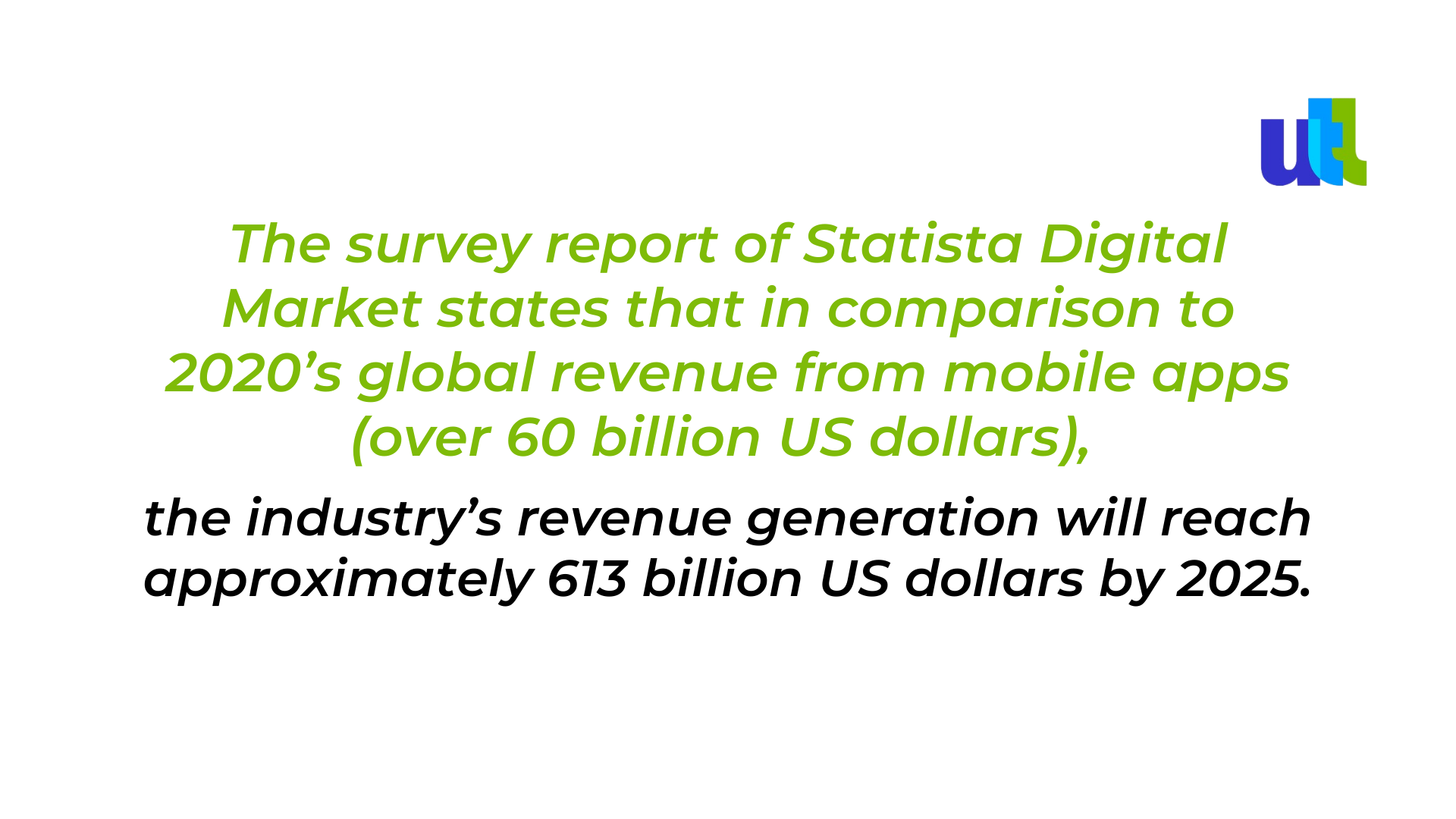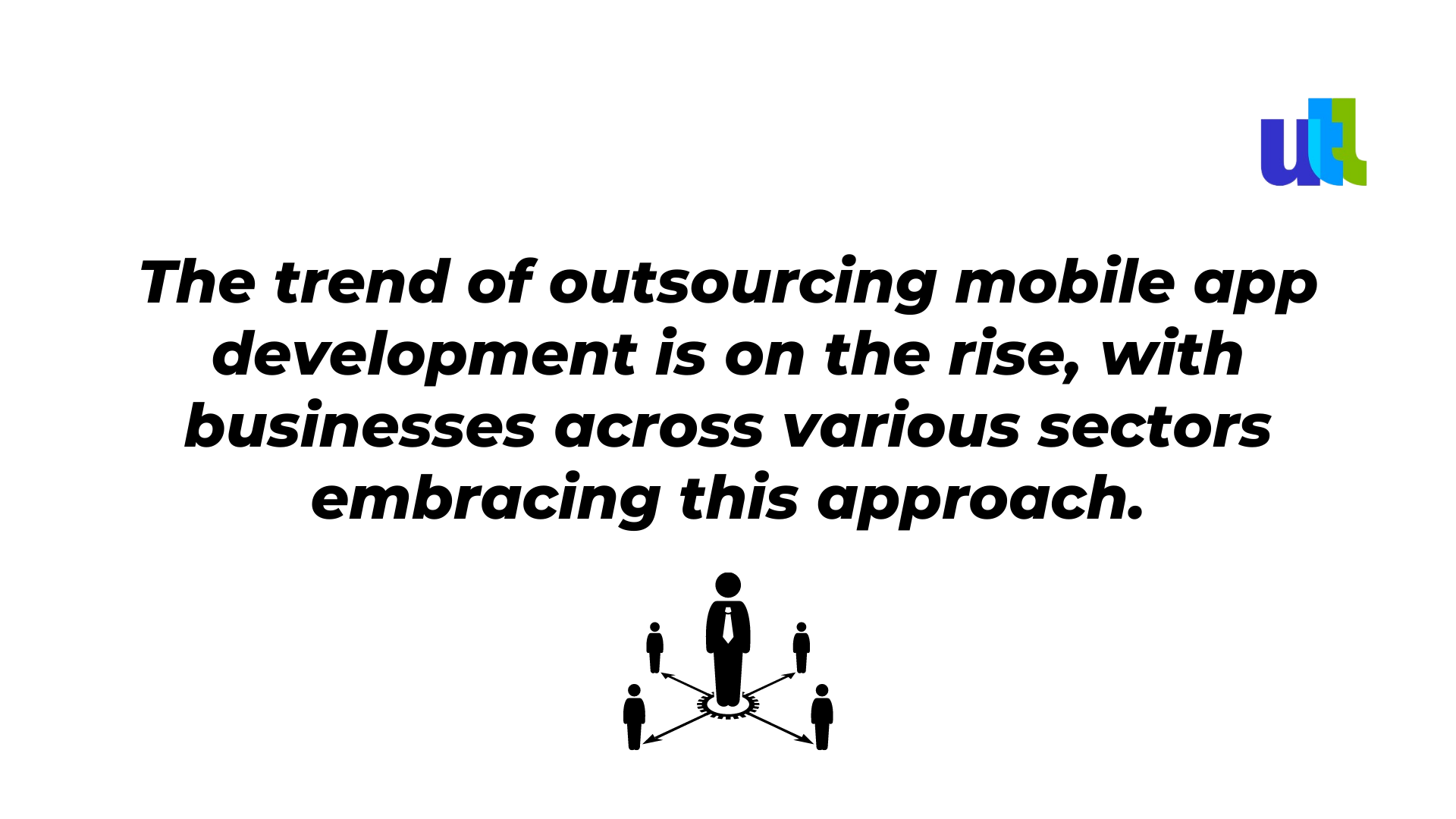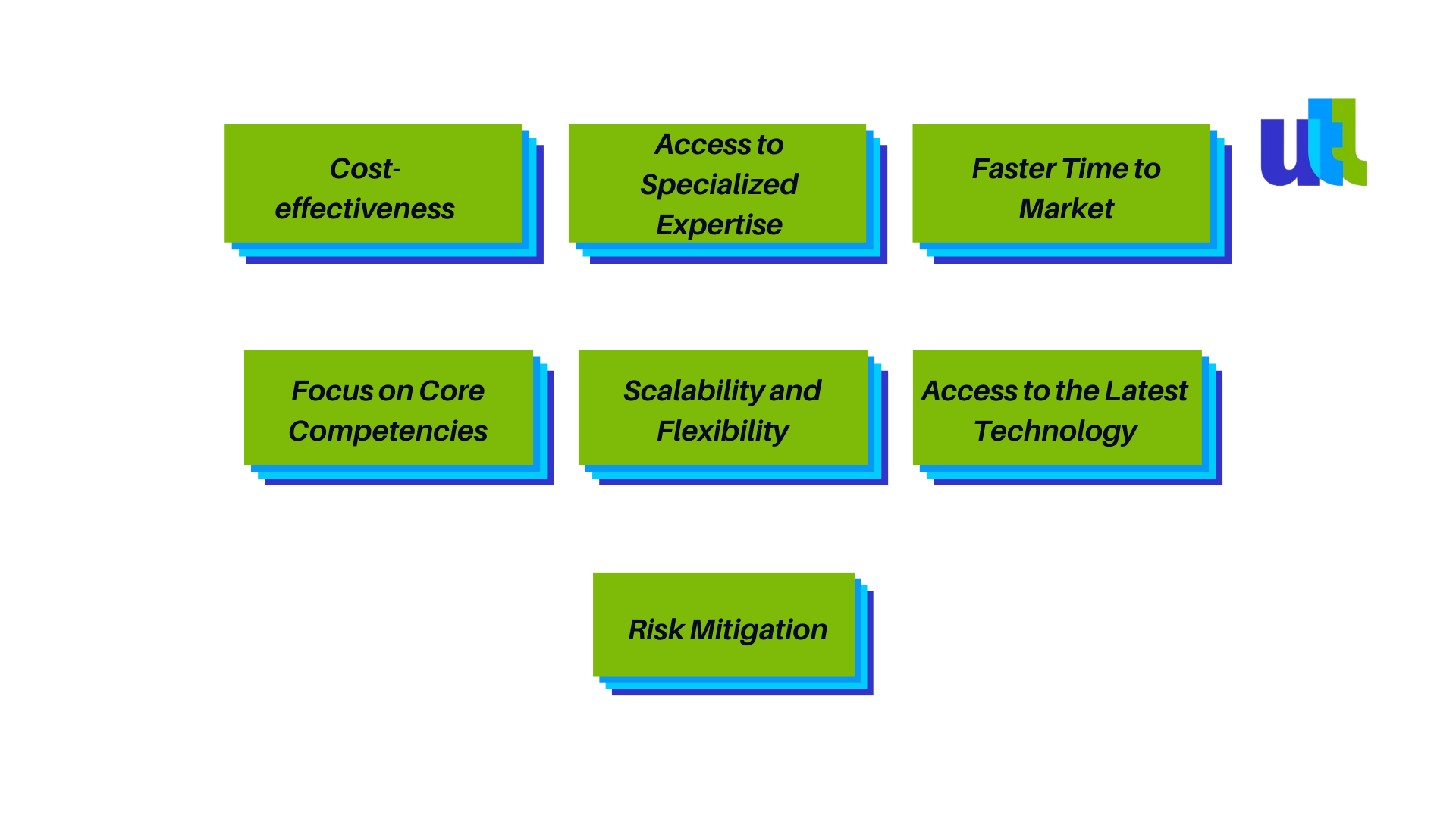The mobile app development industry has come a long way. What started as a technological trend has become today’s core necessity, especially for enterprises that are looking forward to expanding their customer base, enhancing their service accessibility, and at the same time delivering excellent end-user experience.
Bringing services from an outside provider inside one’s organization is called outsourcing.
It’s a great opportunity for small businesses with no IT experience to get the support of someone who understands what they’re doing. Outsourcing development entails employing on-demand engineers to handle development chores while your in-house team concentrates on more creative product-related tasks, such as developing and testing marketing theories. Software and mobile application development are the most outsourced IT functions in the world.

And while sometimes we have to make mistakes to learn, some are a big NO.
As Benjamin Franklin once said…” an ounce of prevention is worth a pound of cure”.
To ensure a successful and seamless outsourcing experience, it’s crucial to avoid common mistakes that can lead to costly delays, compromised quality, and communication breakdowns. Get ready to embark on a journey to successful outsourcing.
The benefits of outsourcing mobile app development are manifold
Firstly, it offers a significant reduction in costs, as businesses can bypass the need to hire and train an in-house development team. Instead, they can rely on the skills of experienced well-versed professionals.
Secondly, outsourcing enables companies to benefit from the expertise of specialists who stay up to date with the latest industry trends, frameworks, and technologies. They can be sure the developed app is equipped with cutting-edge features and functionalities.

Thirdly, startups and small businesses find outsourcing a great option as it allows them to build their digital presence without straining their limited resources. At the same time, big enterprises often choose to outsource specific aspects of app development, such as UI/UX design or quality assurance, to enhance efficiency and expedite time-to-market.

However, while outsourcing offers numerous advantages, it is essential to have a clear understanding of the potential challenges and pitfalls that can arise. By being well-informed and prepared, businesses can mitigate such risks and ensure a successful outsourcing experience.
Here are 7 common mistakes enterprises make while outsourcing mobile app development
Outsourcing mobile applications as a business owner can be risky. If you’re new to the mobile app industry, you need to exercise greater caution.
1. Rushing the planning phase
Anyone with a great app idea will look forward to immediate implementation. This is where most enterprises make the first common mistake: they rush their planning phase.
While there are many things to plan and prepare, some key areas need the most attention:
- Checklist for technical and non-technical requirements
- Cost calculation according to core requirements
- Test of expertise
- Cross-checking of developers’ professional profiles
- Proper communication plan
Enterprises need to ensure that these key areas are well covered and entailed in their planning phase to avoid the most possible pitfalls in the future.
2. Not paying enough attention to app security
App security risks are even worse if you want to build an app that deals with sensitive personal or financial data.
The best way to avoid data breaches is to take care of security from the ground up:
Infrastructure – apps are part of a larger infrastructure that also needs to be well protected.
Secure coding – keep in mind all the safety practices such as security by design, password management, or threat modeling.
Security testing – testing is key to building a functional and valuable app (access to the app, data security, and error handling)
Authentication – make sure a user has to provide more pieces of evidence about their identity to access any personal data within the app.
When negotiating with potential outsourcing partners try to find out whether they follow these security practices. You can also reach out to previous clients and ask for their feedback on the app’s security.
3. Not considering hidden costs
Businesses can lose lots of money because of the hidden costs that are frequently ignored. For example, some service providers may shock you with higher costs at the checkout, since the price of post-development maintenance, testing, and additional fees are often hidden by companies.
You must therefore draft a questionnaire outlining the services you need from your tech partner. This way, you'll be able to plan the budget more precisely from the very beginning.
Stay clear on such premises and get a list of services that are included in post-development support to avoid any further client dissatisfaction.
4. Communication challenges
Time zone differences, cultural differences, or a language barrier…
Setting up clear communication channels with the outsourced workforce is critical to the project’s success. It requires mutual respect and awareness of cultural differences. Keep in mind that when your requirements are misunderstood, it costs time and money to correct errors.
5. Ignoring the importance of hiring a project manager
A project manager is like a captain on a ship.
Only people willing to dedicate their time to your project can bring it to fruition. Choose a project manager that has these skills:
- Excellent communication
- Fast problem-solving
- Trustworthiness
- Organizational skills
People with these capacities finish projects on time, have better time management, and are much less stressed.
6. Poor risk mitigation
What will happen if the project fails? What if the app doesn’t perform as expected? There is a long list of what-ifs when deciding on an outsourced company. Risk mitigation, therefore, becomes a crucial factor here.
A wise thing to do is to set clear parameters on how much you are ready to risk. For example, you can define a limit up to which the loss of money is bearable. If the risk factor cannot be met by a potential service provider, then moving on to another company is a better choice.
7. Inadequate knowledge of testing methods
Proper testing not only ensures the smooth functioning of a mobile app but majorly prevents hidden blunders. Whether they are bugs, technical errors, or non-technical issues, thorough testing assures that the app will satisfy its end-users.
Most app development companies employ both manual and automated testing processes. However, the list of testing methods has become quite extensive.
Regardless of the company’s niche methods, it is important they know all about those, including their costs and effectiveness.
Conclusions
In the ever-evolving landscape of mobile app development, outsourcing has emerged as a strategic choice for businesses looking to leverage external expertise and drive innovation.
However, avoiding common outsourcing mistakes is crucial for a successful outcome. By defining clear project requirements, choosing the right mobile app development company, prioritizing effective communication, actively managing projects, conducting quality assurance, and good risk mitigation, businesses can navigate the outsourcing journey with confidence.
Outsourcing mobile app development may be an advantageous experience for all parties with appropriate preparation and collaboration with Utah Tech Labs.
For free consultation about mobile app development projects click here.
----------------------------------------------------------------------------------------------
View the full presentation:
WRITTEN BY
Sofia Kutko
2023-06-26


































































































































































































